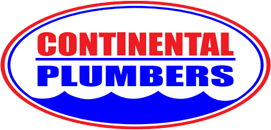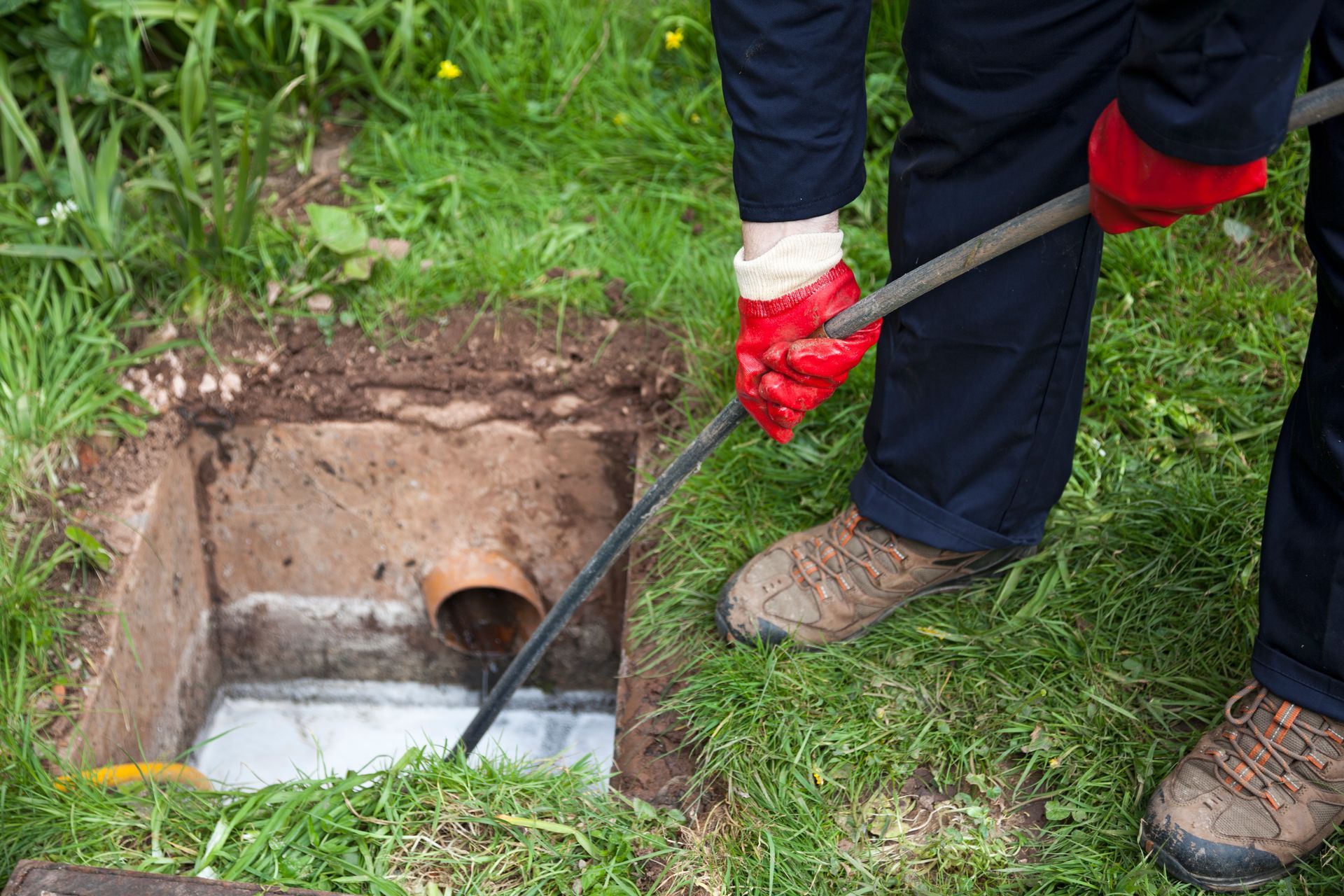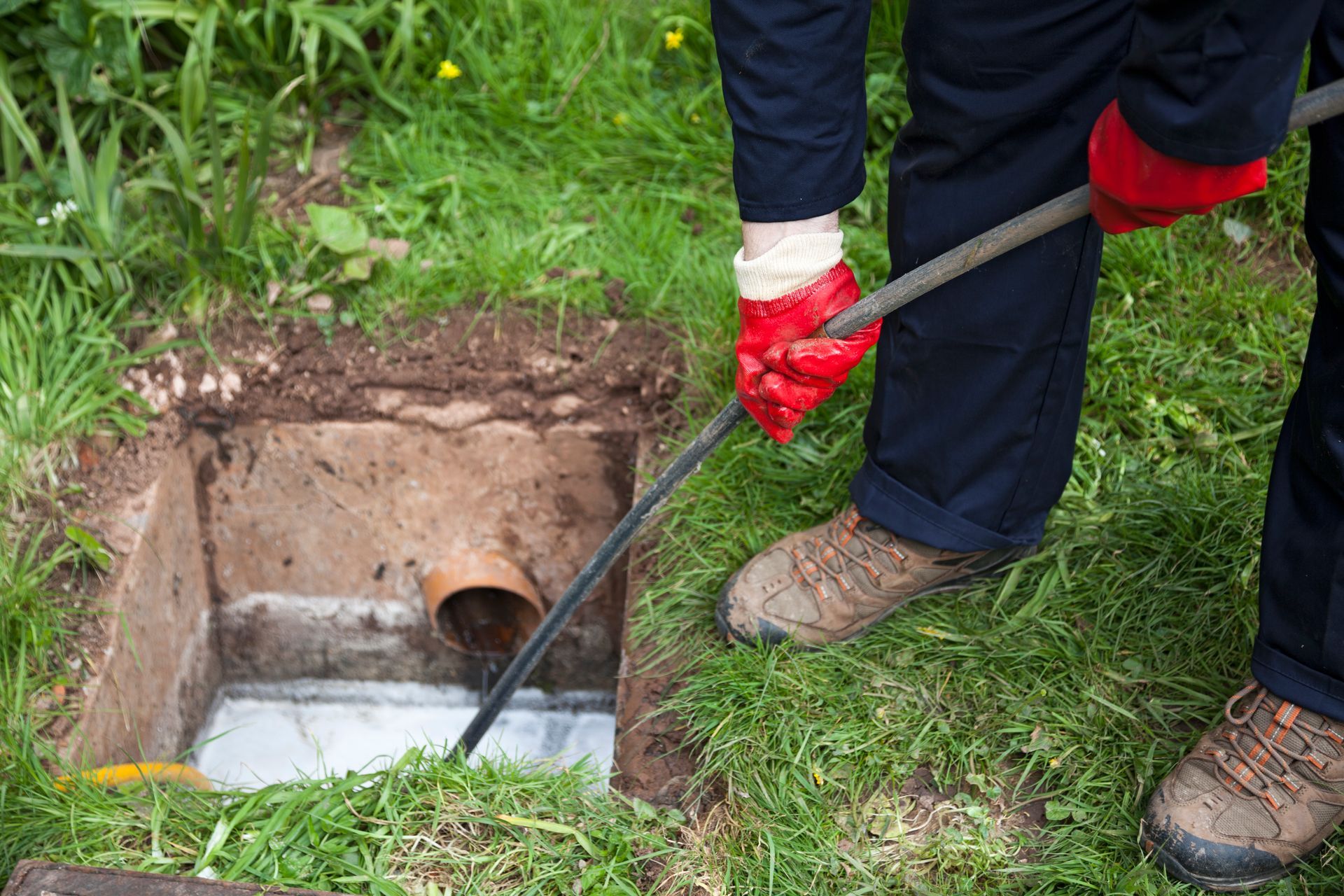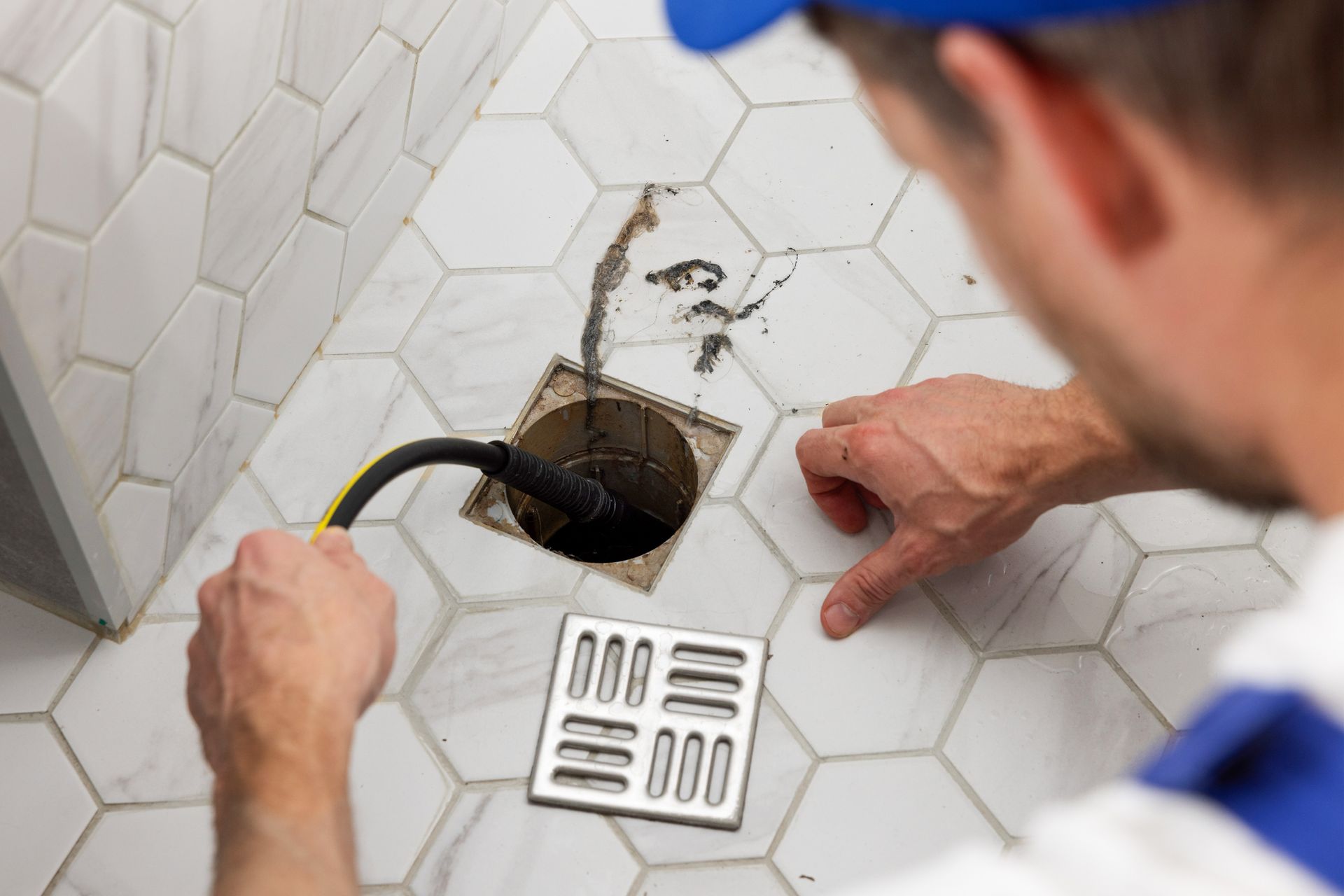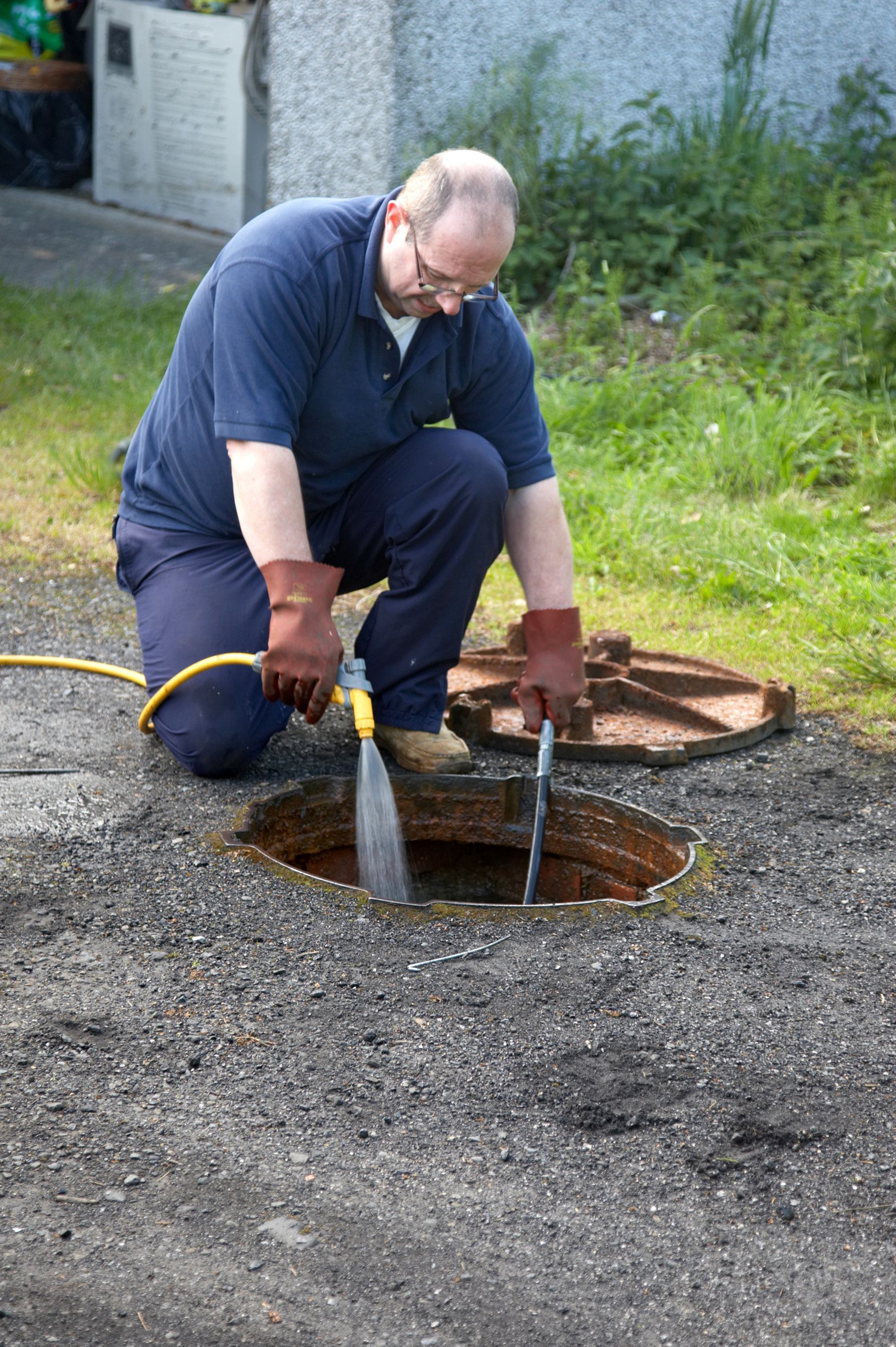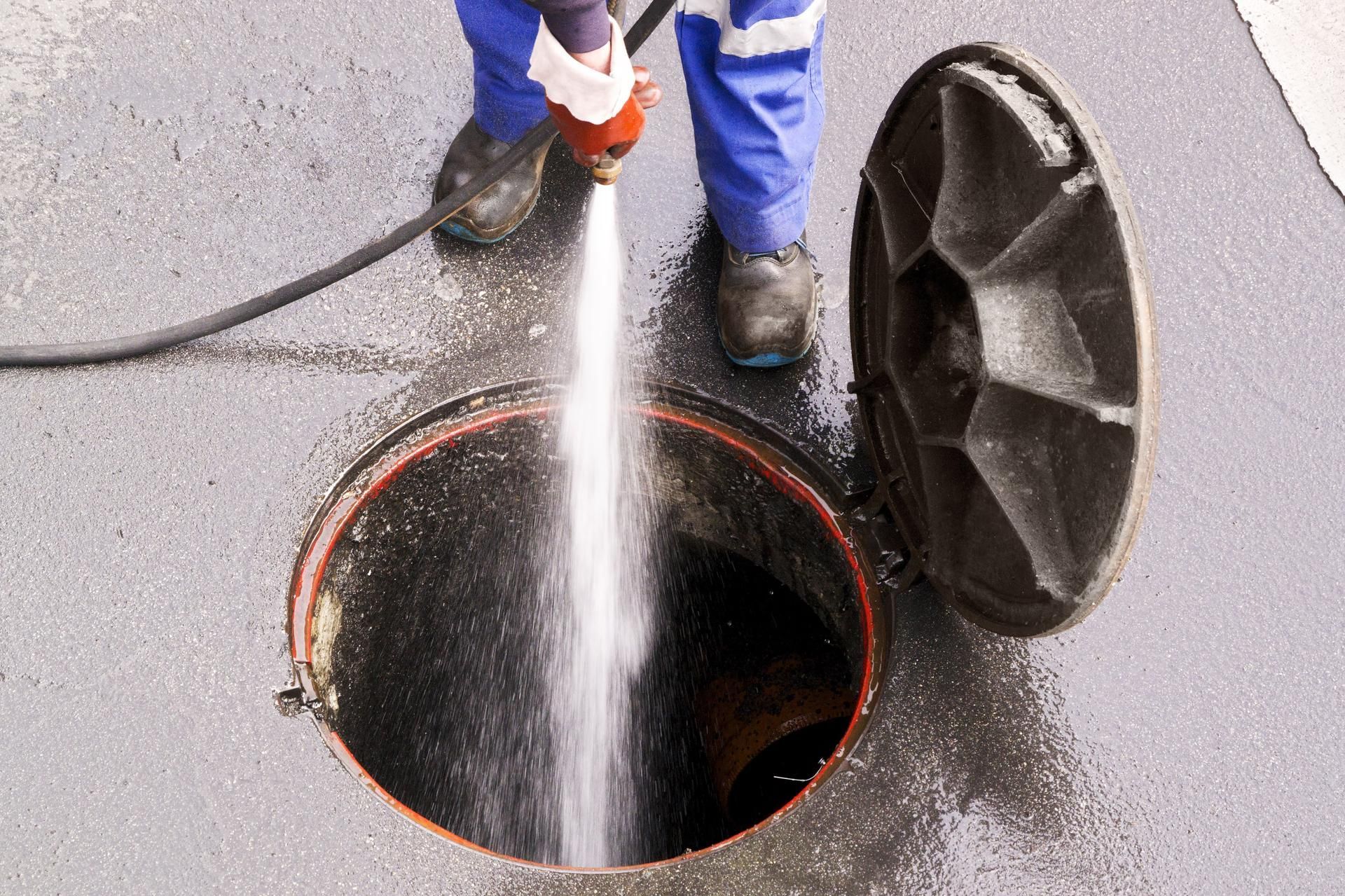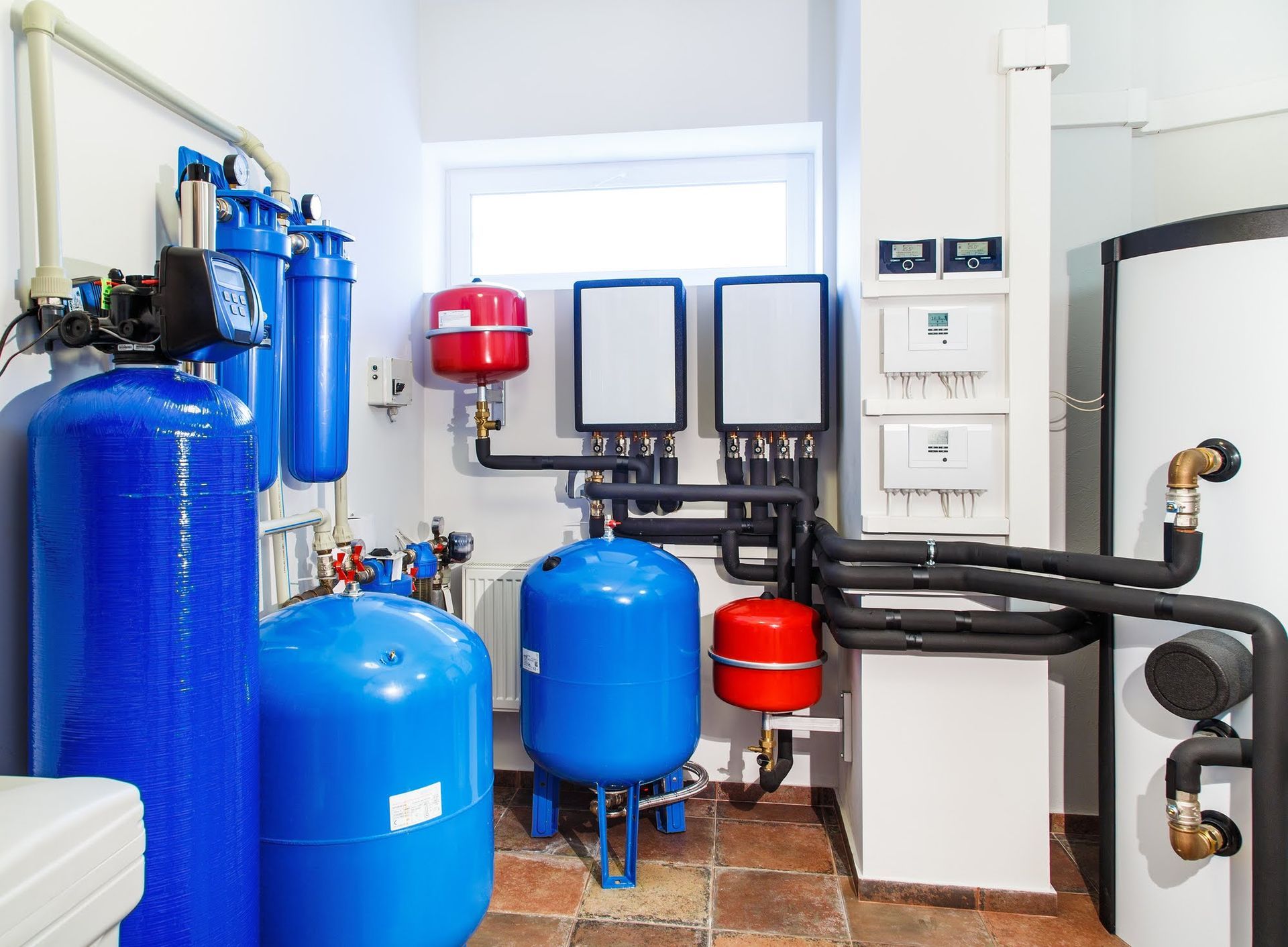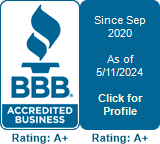Is Your Plumbing Ready for Winter? 7 Tips to Avoid Frozen Pipes
Winterizing plumbing pipes is a great way to prevent burst pipes — especially because cold temperatures can take a severe toll on your home's pipes. Keep reading to learn how you can prepare your plumbing system before winter starts with these seven preparation tips below.
1. Identify the Main Shutoff Valve
In case of busted pipes or other plumbing emergencies, shutting off all the water reduces the damage. You must know the location of your home's main water shutoff valve to act quickly. The valve typically sits next to the meter, and you should open and close it annually to ensure it works fine.
You may also want to shut off the valve when you leave for a vacation to avoid coming home to water damage.
2. Drain Outdoor Faucets
The water in the pipes leading to outdoor faucets often freezes in cold temperatures, which can cause the pipes to crack. To avoid this, turn off the faucets at their shutoff valves, and drain all the water from them. Drain the water from garden hoses as well and store the hoses inside.
You should also close and drain all other pipes going outside to prevent your plumbing system from expanding and cracking.
3. Schedule a Leak Inspection
Leaky pipes are undesirable in any weather, but they are particularly destructive in winter. If water leaks from a pipe in cold temperatures, that water will quickly freeze, which can lead to a burst pipe.
Before winter sets in, have a plumber check for leaks in locations you can't reach to keep your plumbing free-flowing in winter.
4. Insulate Plumbing Pipes
Pipes in crawl spaces, garages, attics, and other unheated areas are vulnerable to temperature changes and are likely to freeze in winter. Most hardware stores stock foam and fiberglass sheaths that cover exposed pipes and prevent freezing.
However, insulation materials may only slow down cold air from reaching plumbing pipes. Heat cables are a much more effective solution because they produce heat and have an inbuilt thermostat that detects pipe temperature. All you need is an accessible outlet to plug in the cable and wrap it around vulnerable pipes.
5. Open Cabinet Doors
The heat from your home can't always effectively reach kitchen and bathroom pipes if you leave the cabinet and cupboard doors closed. Pipes along exterior walls are especially prone to freezing because they are near the cold outdoors. Like with other unheated areas, you can also place portable heaters inside the cabinets to encourage the circulation of warm air.
6. Maintain Steady Indoor Temperatures During Cold Spells
Thermostat adjustments in winter save energy, but use caution if you want to tweak with the temperature during cold spells. Turning the heat too low increases the chance of ruptured pipes, causing a lot of damage if you are away from the house.
Instead, you may want to dismiss your thermostat's program and maintain a steady temperature or turn it up a couple of degrees. Consider investing in a WiFi thermostat, which lets you monitor your home's temperature via your smartphone. You can program the smart thermostat to alert you in case of temperature drops.
7. Leave Faucets Running During Cold Snaps
Sometimes, the solution to frozen pipes is as simple as letting taps drip. Select the faucet furthest away from the water source so the water travels through most parts of the plumbing system, making it less prone to freezing. Taps linked by exposed pipes should also trickle now and then to prevent frozen pipes.
Refrain from leaving faucets with drains on exterior walls running, as the drain can freeze and leave the sink to overflow. This solution causes a slight increase in your water bill but is more cost-effective than the repairs caused by burst pipes.
Ultimately, plumbing maintenance is the best way to prepare your plumbing systems for winter storms. Our plumbing experts at Continental Plumbers will help you winterize your home and make urgent repairs to restore the water flow. Call us today for prompt plumbing services.
